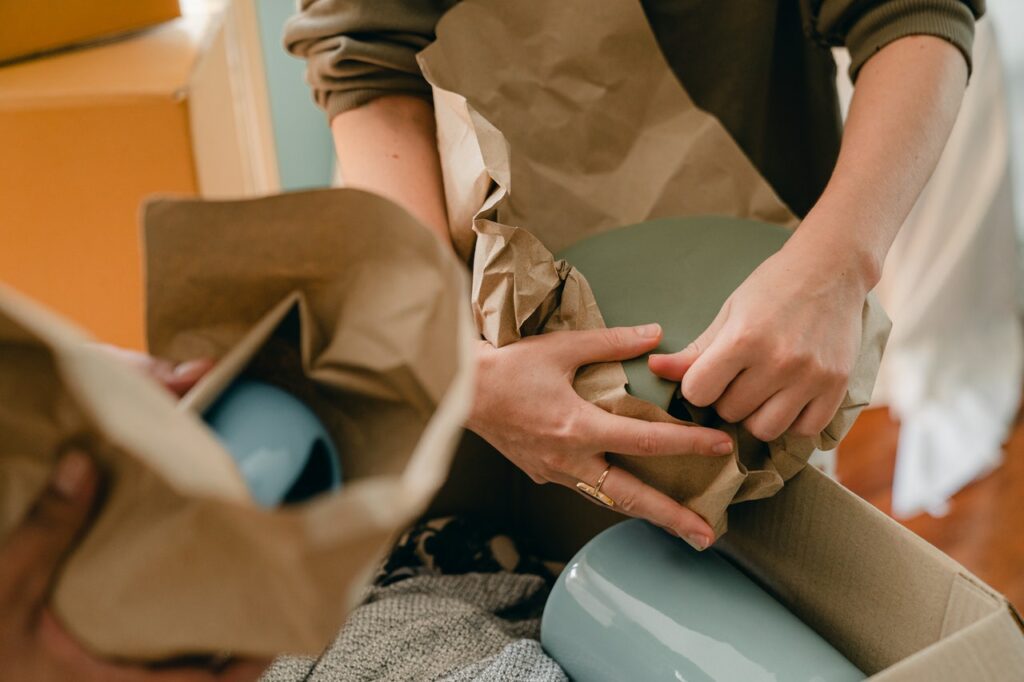Moving can be a daunting task, and packing fragile items can be particularly stressful. Whether it’s antique dishes, precious heirlooms, or delicate electronics, these items require special attention and care to ensure they arrive at your new home safely. In this comprehensive guide, we’ll share the best practices for packing fragile items for a move, including the materials you’ll need, the steps to follow, and the mistakes to avoid.
Materials You’ll Need
Before you start packing, you’ll need to gather the necessary materials. Here are the items you’ll need to pack fragile items for a move:
- High-quality packing tape
- Bubble wrap or packing paper
- Cardboard boxes in various sizes
- Styrofoam peanuts or packing peanuts
- Permanent markers
Step 1: Organize and Sort Your Fragile Items
The first step in packing your fragile items is to organize and sort them. Start by separating your items into categories, such as kitchen items, electronics, or decorative items. This will make it easier to keep track of your items and ensure they are packed together in the same box. Once you’ve organized your items, make a list of the items you’ll be packing and label them accordingly.
Step 2: Wrap Your Fragile Items
The next step is to wrap your fragile items carefully. Use bubble wrap or packing paper to wrap each item individually. If you’re using bubble wrap, make sure the bubbles are facing inward to provide the most protection. For delicate items, you may need to wrap them multiple times or use thicker packing paper.
Step 3: Pack Your Fragile Items in Boxes
After wrapping your fragile items, it’s time to pack them in boxes. Use sturdy cardboard boxes that are appropriate for the size and weight of your items. Make sure the boxes are clean and dry before you start packing.
Place the wrapped items in the box, making sure to leave some space at the top. Fill any gaps with packing peanuts or Styrofoam peanuts to prevent items from shifting during transportation. It’s essential to pack items tightly, but not too tightly, to avoid damage.
Step 4: Label Your Boxes
Once you’ve packed your fragile items in boxes, it’s time to label them. Use a permanent marker to write “FRAGILE” on the box in large, bold letters. You may also want to indicate the contents of the box and the room it belongs to. This will make it easier to unpack when you arrive at your new home.
Mistakes to Avoid
To ensure your fragile items arrive at your new home safely, it’s essential to avoid these common packing mistakes:
- Using low-quality packing materials: It’s crucial to use high-quality packing materials to protect your fragile items during transportation.
- Overpacking boxes: Overpacking boxes can lead to damage during transportation. Make sure to leave some space at the top of the box and fill any gaps with packing peanuts.
- Not labeling boxes: Labeling your boxes is essential to ensure your fragile items are handled with care during transportation.
- Forgetting to insure your items: Accidents can happen during transportation, even if you’ve taken every precaution. Make sure to insure your fragile items to protect them from damage.
Conclusion
Packing fragile items for a move requires extra care and attention. By following these steps and avoiding common packing mistakes, you can ensure your fragile items arrive at your new home safely. Remember to use high-quality packing materials, organize and sort your items, wrap them carefully, pack them tightly, and label your boxes. With these tips, you can minimize the stress of packing fragile items and focus on enjoying your new home.

